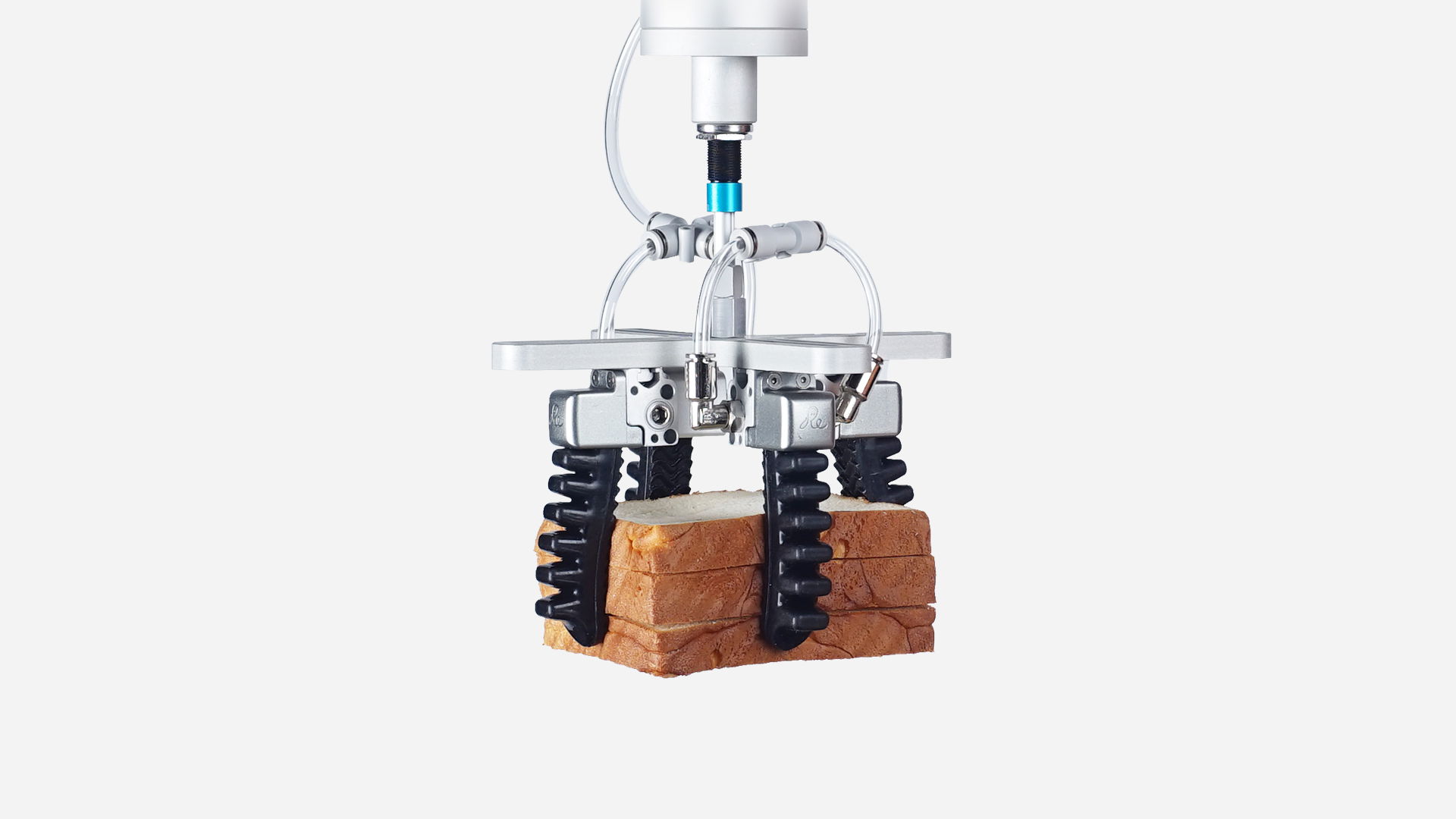Soft robotic grippers can handle vulnerable marine life

If researchers try to capture vulnerable deep-sea creatures through camera-guided remote controls, they certainly won't use tools designed specifically for the oil and mining industries. With this in mind, Harvard-led teams have recently developed a soft robotic gripper touch underwater.
Based on previous research, the device was designed for use with remotely operated underwater vehicles that are controlled in real time by the operator on board. The gripper has been tested in a variety of forms with two to five soft polyurethane "finger". These "fingers" can be opened and closed using a low pressure hydraulic system when facing the target object - for example small and fragile animals - to pump water into and out of the sea. All "fingers" are fixed to a central wooden ball, which is fixed by the existing steel pliers of the remotely operated underwater vehicle.
Since the "finger" is 3D printed, a new "finger" designed for a particular task can be made on a remotely located research vessel as needed. The technology was recently tested in an expedition to the Phoenix Islands in the South Pacific. There, different versions of the remotely operated underwater vehicle mounted grippers are used to pick up and inspect biologically, including sea cucumbers, corals and sponges, to a depth of 2,224 meters.
According to the operator's feedback, the scientists added 3D printing and added extra features to the “finger” – these included a wedge-shaped “nail” that made the “finger” easier to slide under the object, along with the side edges. Extension. "Fingers" form an obstacle that prevents animals from sliding between them.
“When interacting with easily injured underwater organisms, the most suitable sampling equipment is also preferably soft,” said Dr. Rob Wood, co-author of the research paper. “Until recently, the field of software robotics was further developed, enabling us to truly build robots that reliably and harmlessly capture these animals.”